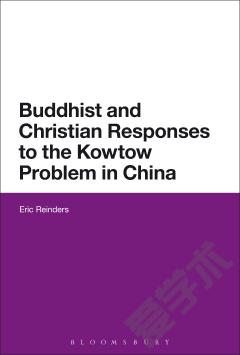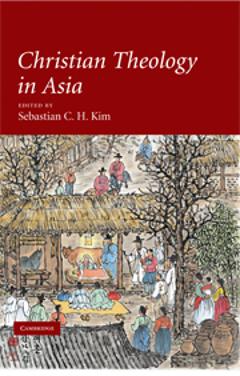Persian Christians at the Chinese Court
The Xi'an Stele, erected in Tang China's capital in 781, describes and Chinese the existence of Christian communities in northern China. While scholaconsidered the Stele exclusively in relation to the Chinese cultural and historical contexhere demonstratonly be fully understood by reconstructing the complex connections that existed between the Church of the East, Sasanian aristocratic culture and t(617-907) between tSasanian Persian Empire (225-651) and the birth of the Abbasid Caliphate (762-1258). Through close textual re-analysis of the Stele and by drawing on ancient sources in Syriac, Greek, Arabic and Chinese, Godwin demonstrates that Tang China (617-907) was a cosmopolitan milieu where multiple religious traditions, namely Buddhism, Zoroastrianism, Manichaeism and Christianity, formed zones of elite culture. Syriac Christianity in fact remained powerful in Persia throughout the period, and Christianity - not Zoroastrianism - was officially regarded by the Tang government as 'The Persian Religion'.Persian Christians at the Chinese Court uncovers tby Syriac Christianity in the economic and cultural integration of late Sasanian Iran and China, and is important reading for all scholars of the Church of the East, China and the Middmedieval period.
{{comment.content}}








 京公网安备 11010802027623号
京公网安备 11010802027623号